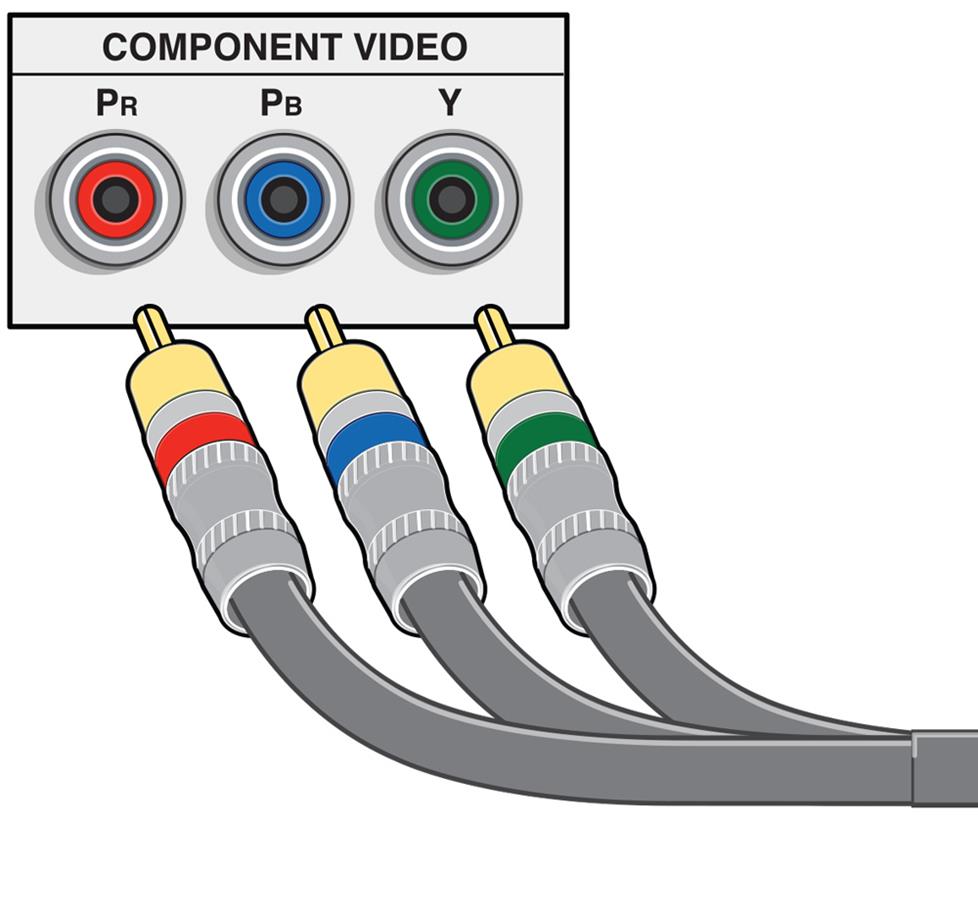Revolutionizing Transmission through Cutting-edge Sound via Internet Protocol Solutions for a Connected Future
Wiki Article
The world of media is experiencing a major transformation thanks to innovative audio over IP (AoIP) technologies. Such developments are revolutionizing the way audio programming is created, distributed, and consumed. Audio over IP refers to the method of sending audio streams over a computer network, utilizing Internet Protocol (IP) instead of traditional analog methods. This transition not only improves the standard of audio delivery but also provides broadcasters with greater flexibility and control over their content.
A single major benefit of audio over IP technology is its ability to connect various devices and technologies seamlessly. Traditional broadcasting often relied on complex wiring and physical connections, which could be burdensome and restrictive. With AoIP, broadcasters can readily interface microphones, mixers, and other equipment through a common network. This integration allows for remote broadcasting and live streaming from virtually any location, making it easier to connect with listeners across the globe. As a result, broadcasters can respond quickly to current events and listener requests, leading to more dynamic and engaging content.
Additionally, AoIP technology supports superior audio formats that improve the listening encounter. In contrast to traditional broadcasting techniques, which may diminish sound quality, audio over IP can preserve the integrity of the audio signal during the transmission process. This implies that listeners can experience clearer and more detailed sound, regardless of whether they are tuning in via terrestrial radio, broadcasting a fantastic read online, or using portable devices. The ability to deliver premium audio is particularly crucial for music and talk shows, where every detail matters to the audience.
Moreover, the adoption of audio over IP systems can lead to cost savings for media companies. By leveraging existing network infrastructure, companies can remove the need for expensive hardware and extensive cabling. This not only reduces initial costs but also lowers maintenance expenses over time. Media firms can allocate resources more effectively, focusing on content creation and talent growth. As a consequence, the entire broadcasting industry can benefit from enhanced creativity and inventiveness, as funds are reallocated toward enhancing programming and interacting with listeners.
In summary, the shift towards audio over IP technologies is transforming the media landscape. By allowing smooth connections, enhancing audio quality, and lowering costs, AoIP is clearing the path to a more integrated future in broadcasting. As broadcasters continue to adapt to these developments, they will be more prepared to meet the needs of their listeners, produce compelling programs, and remain competitive in an constantly changing industry. The prospects of broadcasting is promising, and audio over IP will take a key role in defining the manner in which we experience audio content in the future to come.
